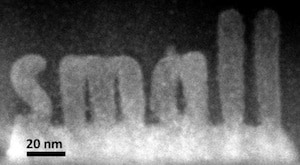Electrochemically modifying individual metallic nanoparticles and pairs of such nanoparticles enabled reversible tuning of their optical properties, including charge transfer plasmon formation in nanoparticle pairs.
Active and reversible control of nanoparticle optical properties









